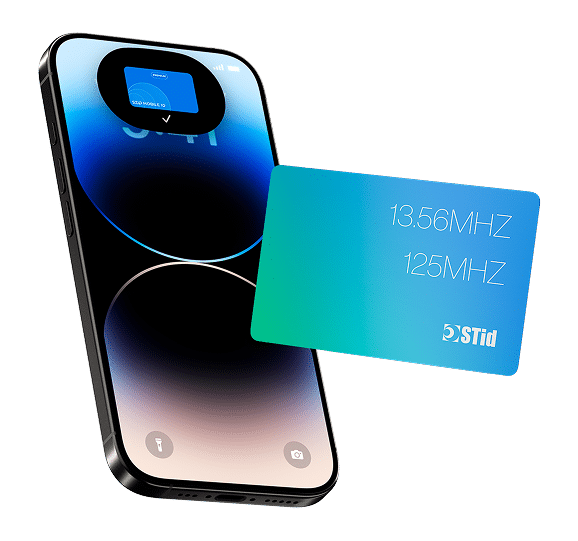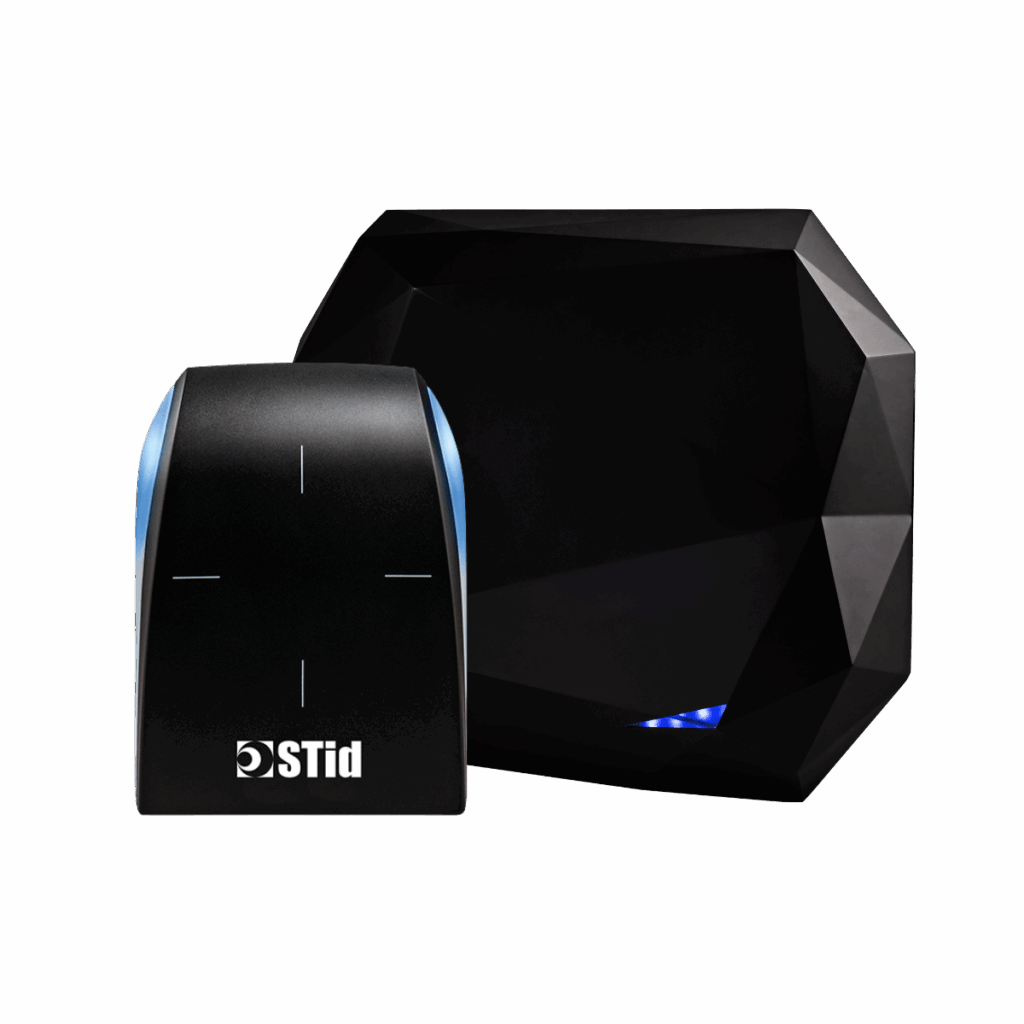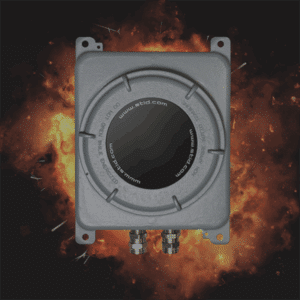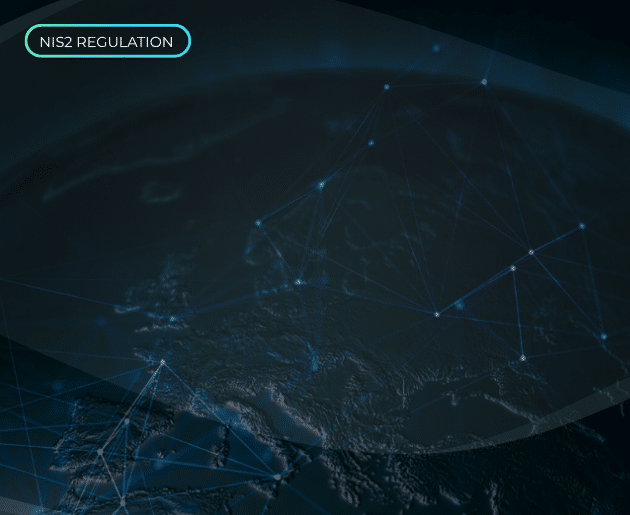Transforming Cybersecurity Challenges Into Opportunities
The NIS2 Directive represents a major step toward enhancing Europe’s cybersecurity resilience, addressing physical and digital threats in an interconnected world. With over 10 times more entities included than the original NIS directive, these regulations demand advanced measures for end-to-end security, combining physical access control systems with logical protections.
At STid, we leverage 25 years of expertise to help organizations comply with NIS2 through innovative, open, and interoperable solutions that secure assets, people, and data from hybrid threats.
Key Points to Consider:
- Are you one of the critical or essential entities affected by NIS2?
- Is your organization prepared for end-to-end security measures mandated by NIS2?
- How can open and intelligent systems support compliance and improve resilience?
Key Highlights of STid’s Approach
End-to-End Security for Physical and Logical Assets
- Integration of advanced access control systems that comply with hybrid security requirements.
- Support for transparent architecture with secure communication protocols.
Open and Intelligent Solutions
- Leverage open technologies for interoperability, scalability, and long-term sustainability.
- Maintain control over your data and system adaptations, free from proprietary constraints.
Practical Compliance Tools
- Detailed guidance and case studies to simplify NIS2’s complex requirements.
- Expert insights on how to secure your systems, from the entry gate to the datacenter.
NOTRE OFFRE

CREDENTIALS

READERS

SMART INTERFACE

STid on Field
Our solutions are used every day across the world to address a wide range of challenges—often far beyond simple identification. Thanks to the creativity of our clients and partners, they power innovative, sometimes unexpected applications that transform everyday experiences and deliver real value in the field. Discover how our technologies are integrated into concrete projects to enhance security, streamline operations, and improve user experience.




